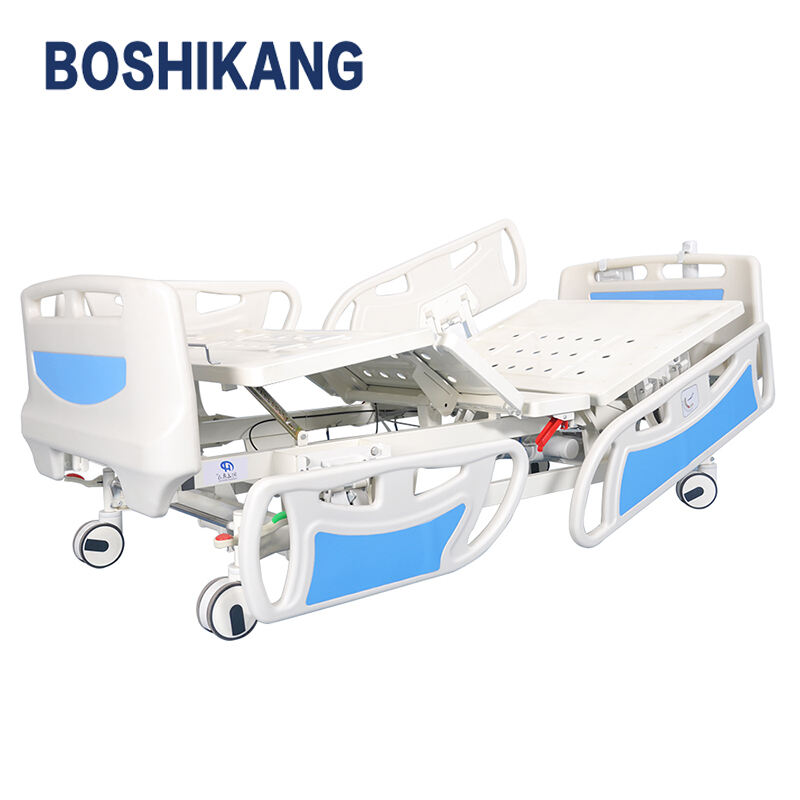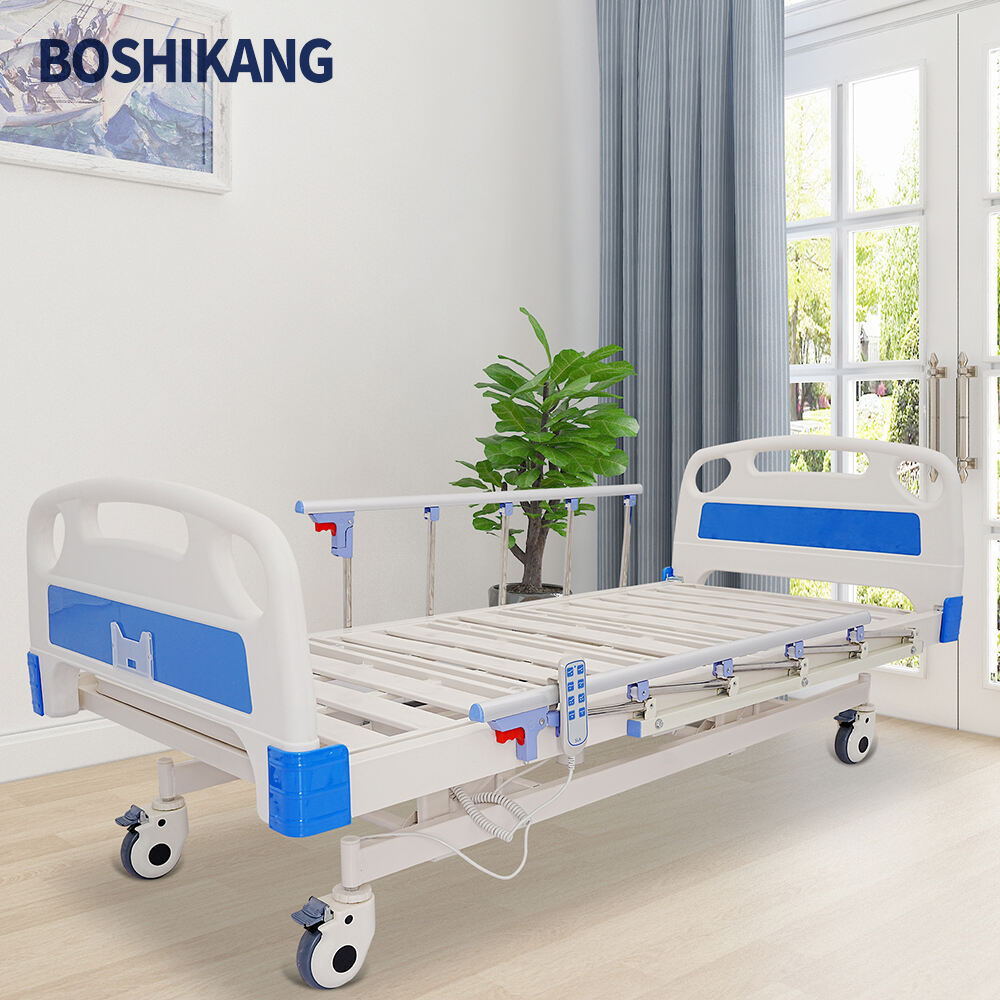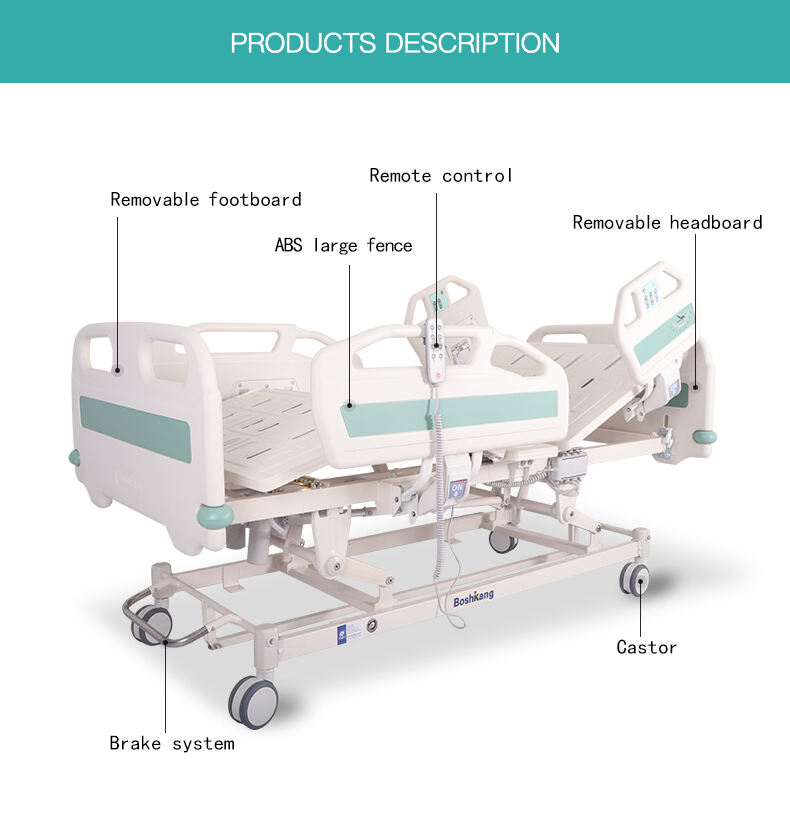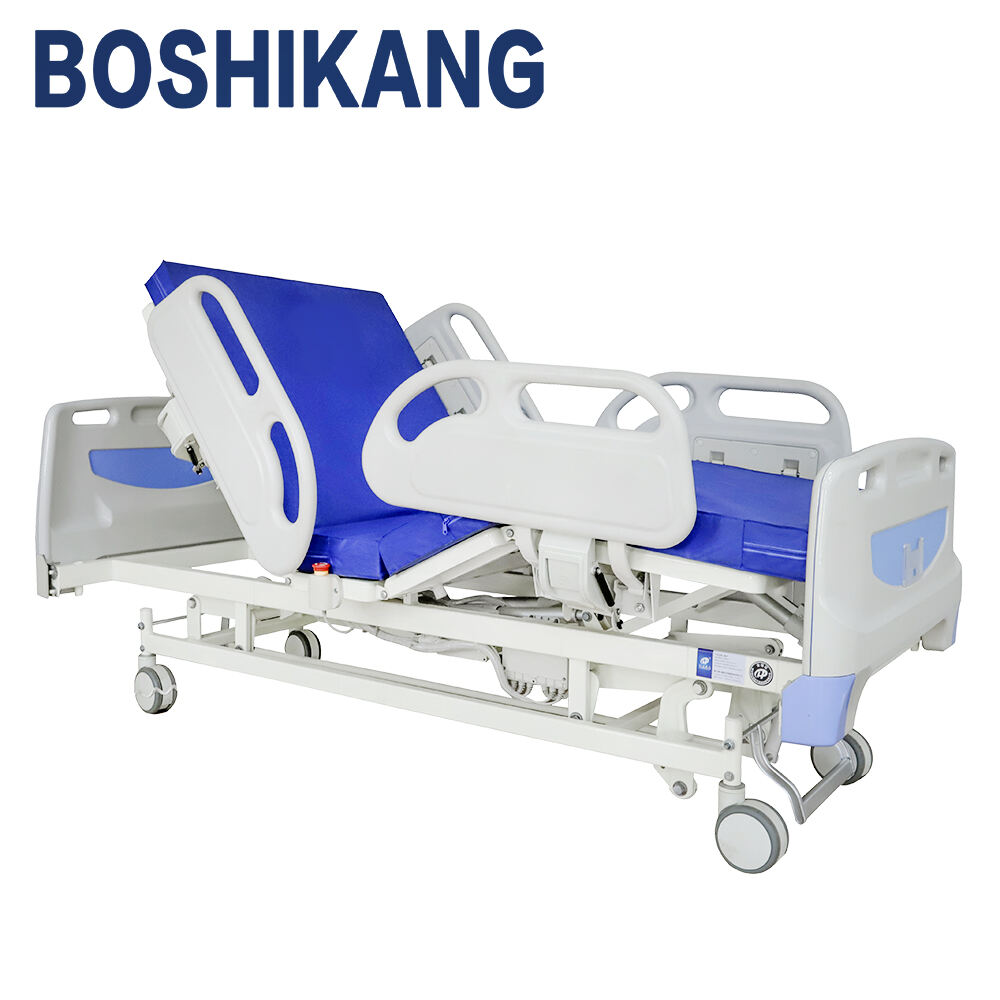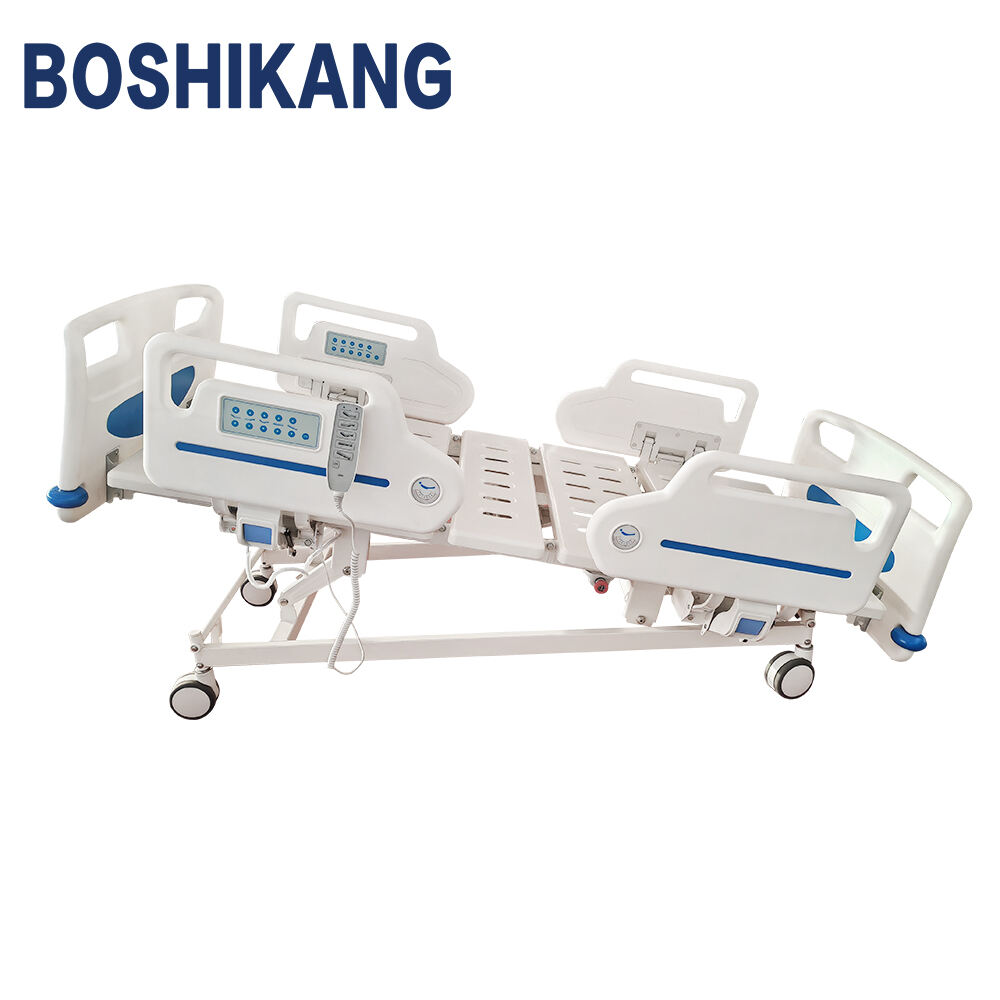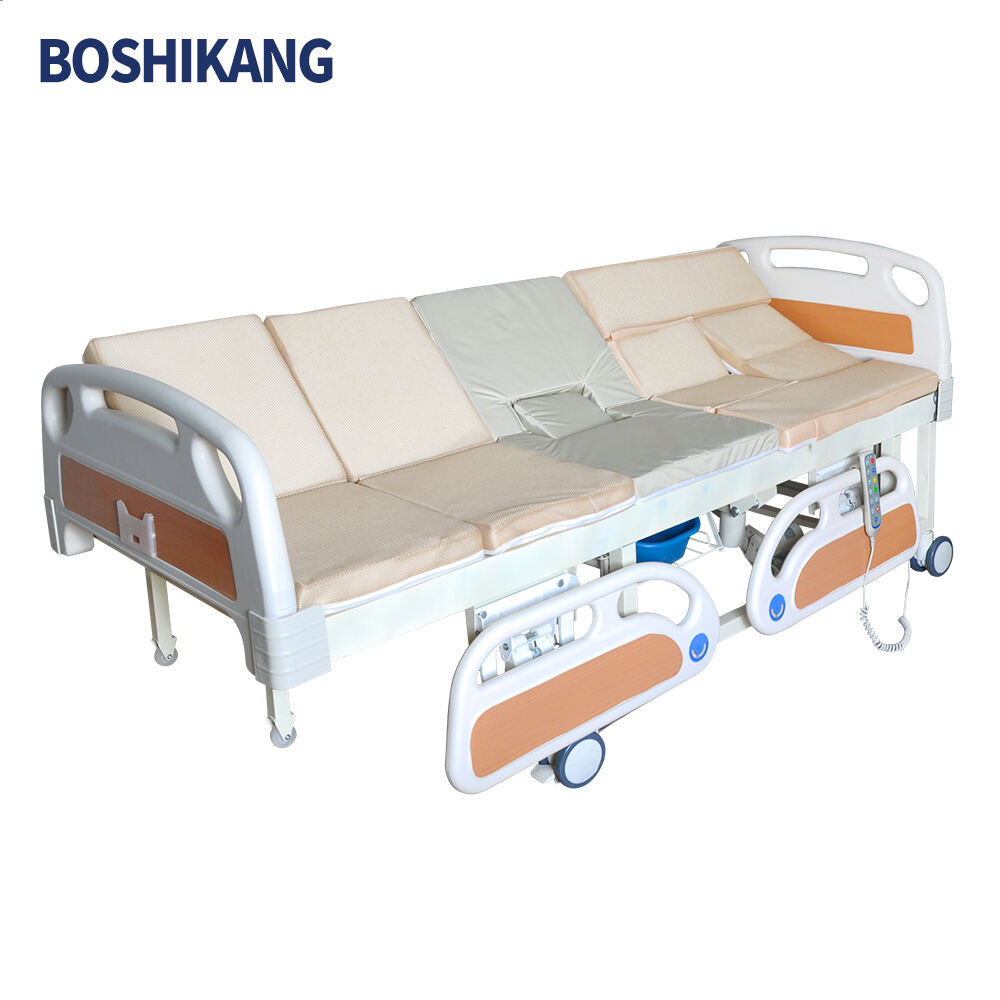intensive care unit bed
An intensive care unit bed represents a sophisticated piece of medical equipment designed specifically for critical care environments. These specialized beds integrate advanced technology and ergonomic design to provide optimal patient care and support healthcare staff efficiency. The bed features multiple adjustable positions, including Trendelenburg and reverse Trendelenburg, enabling precise patient positioning for various medical procedures. Built-in weight scales allow continuous patient monitoring without movement, while integrated side rails ensure patient safety. The beds typically include advanced pressure redistribution surfaces to prevent pressure ulcers, and their electronic controls enable smooth transitions between positions. Modern ICU beds also feature integrated monitoring systems that can track patient movement, bed exit alerts, and vital signs. The frame construction supports various medical attachments and equipment, such as IV poles, ventilator mounts, and monitoring devices. These beds are engineered with infection control in mind, featuring easy-to-clean surfaces and antimicrobial materials. Additionally, they include backup battery systems to maintain functionality during power outages, ensuring uninterrupted patient care in critical situations.

